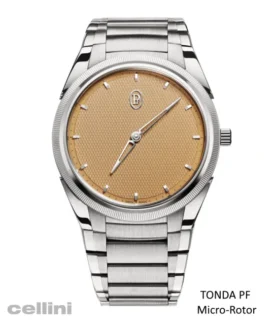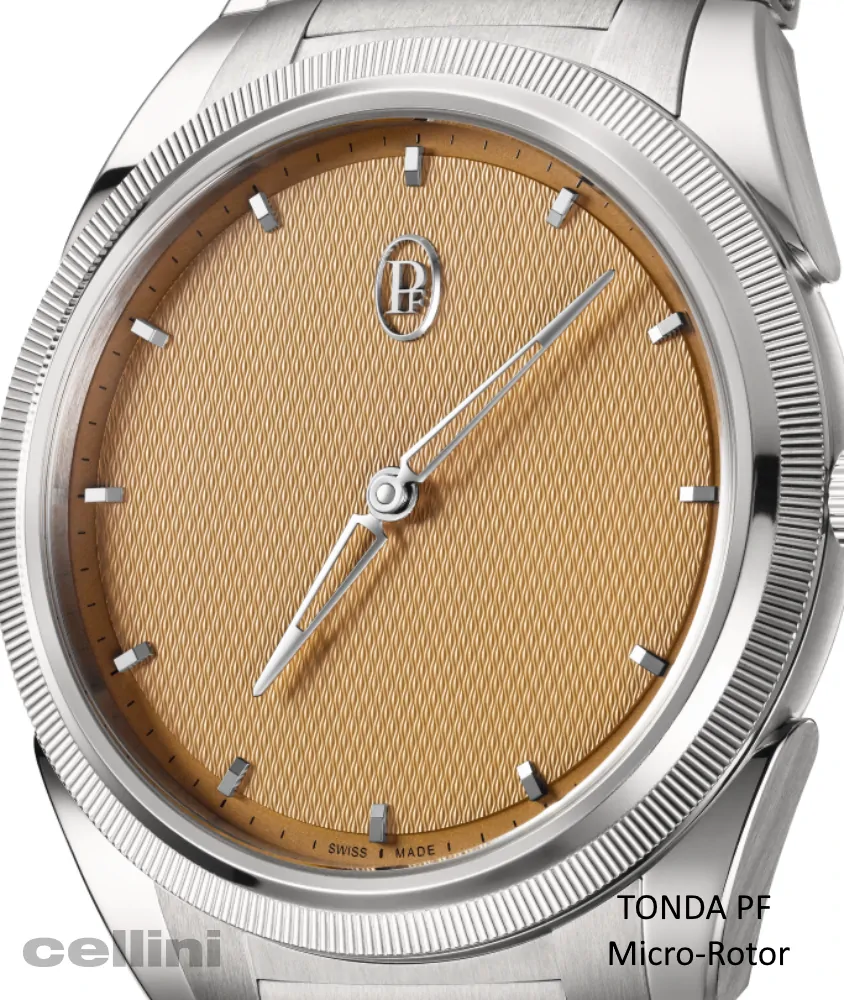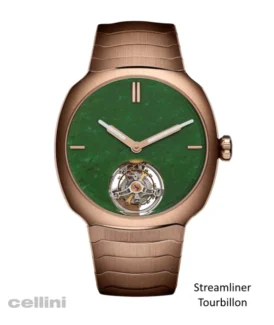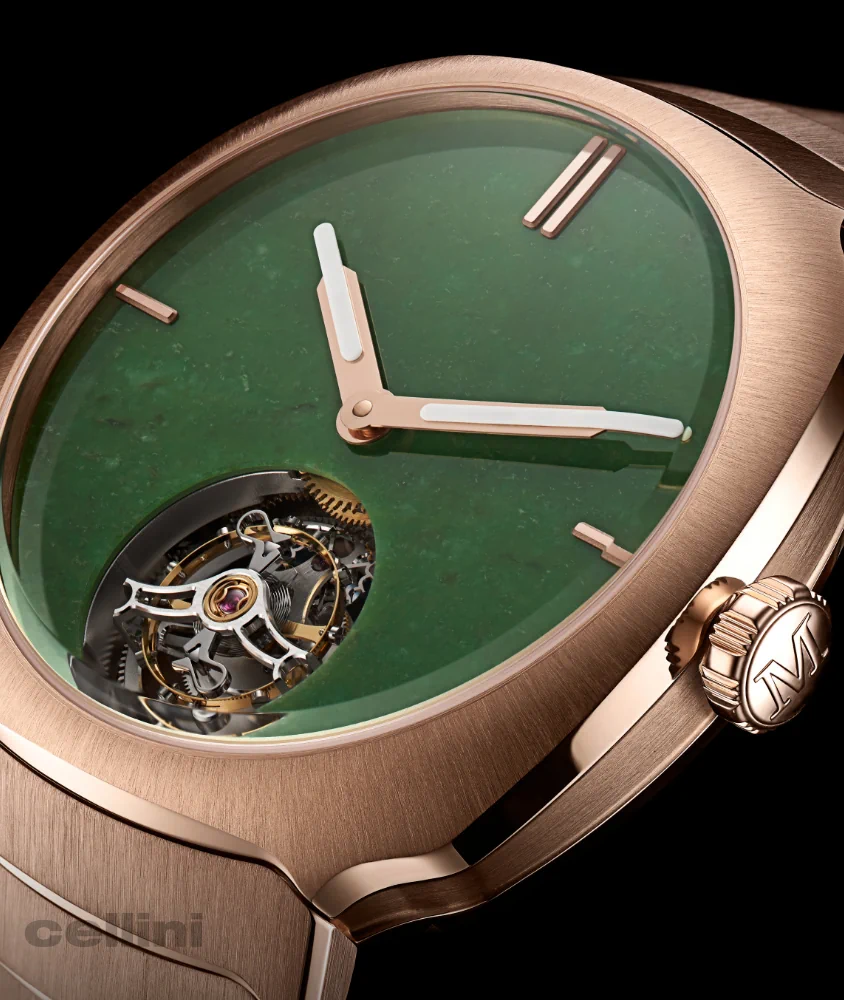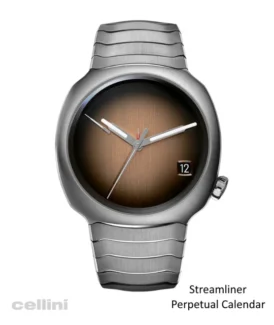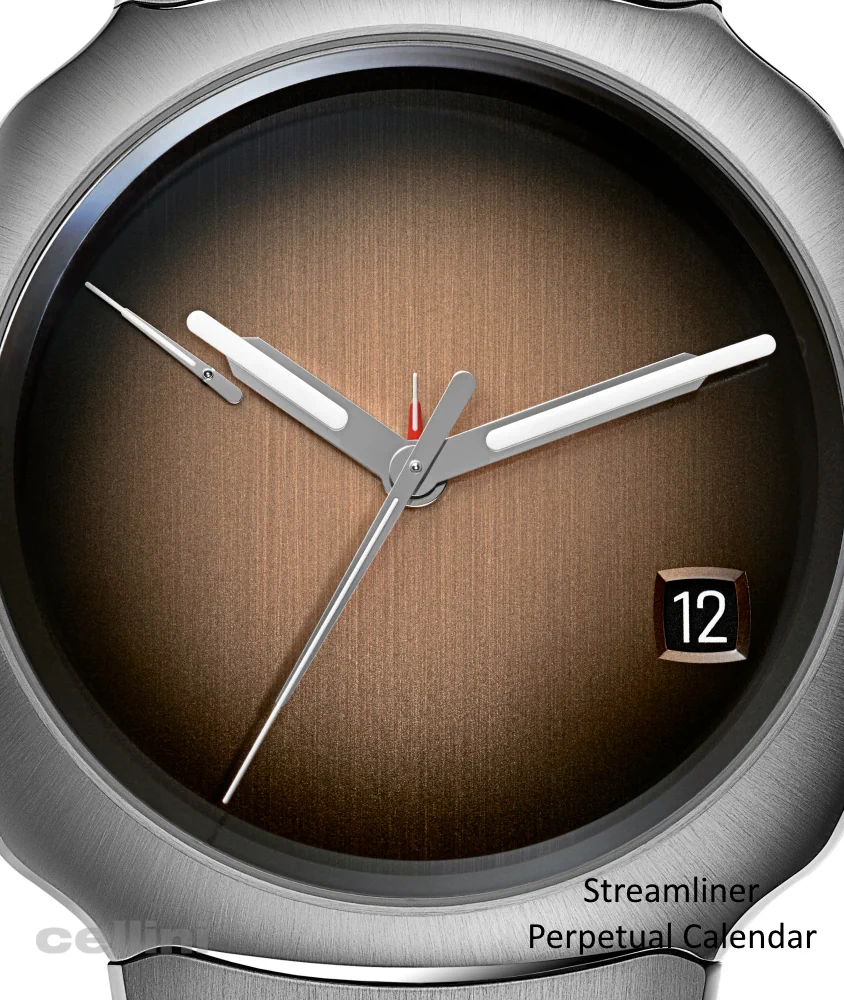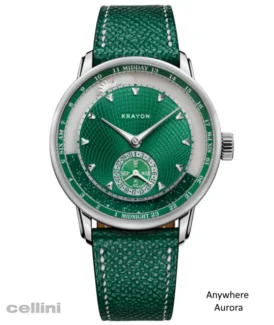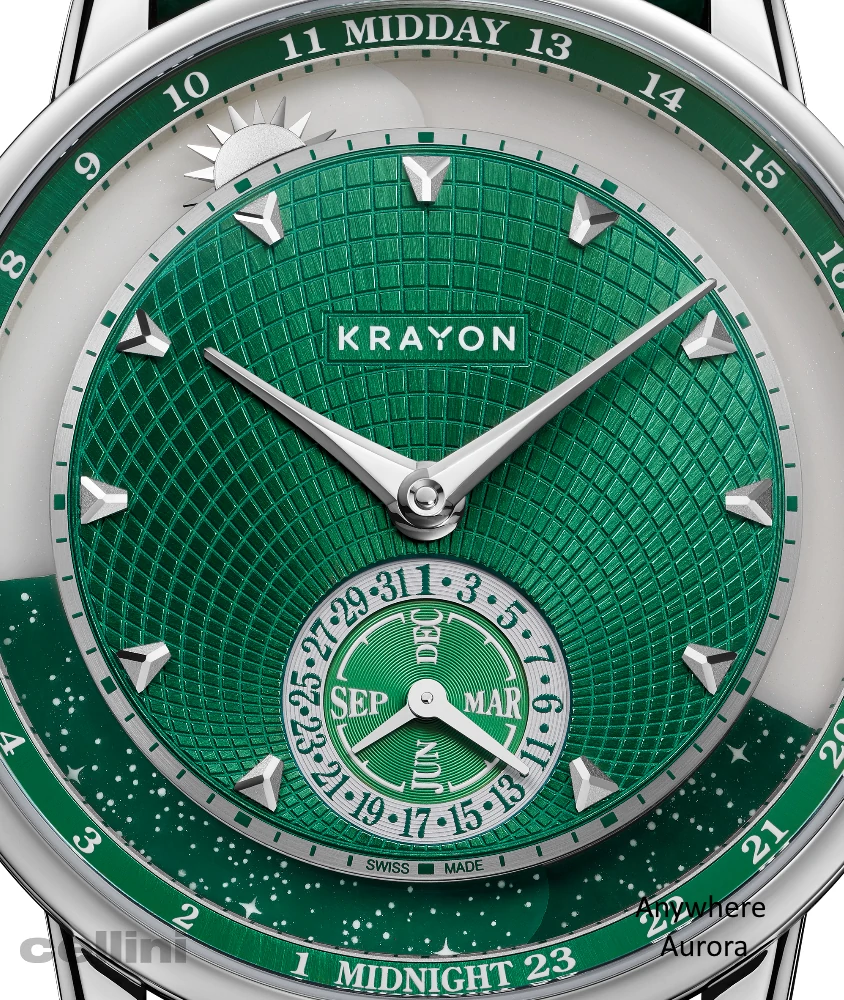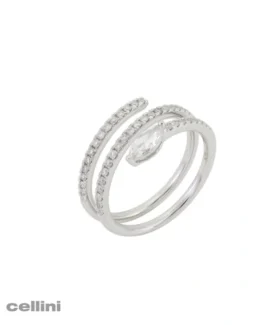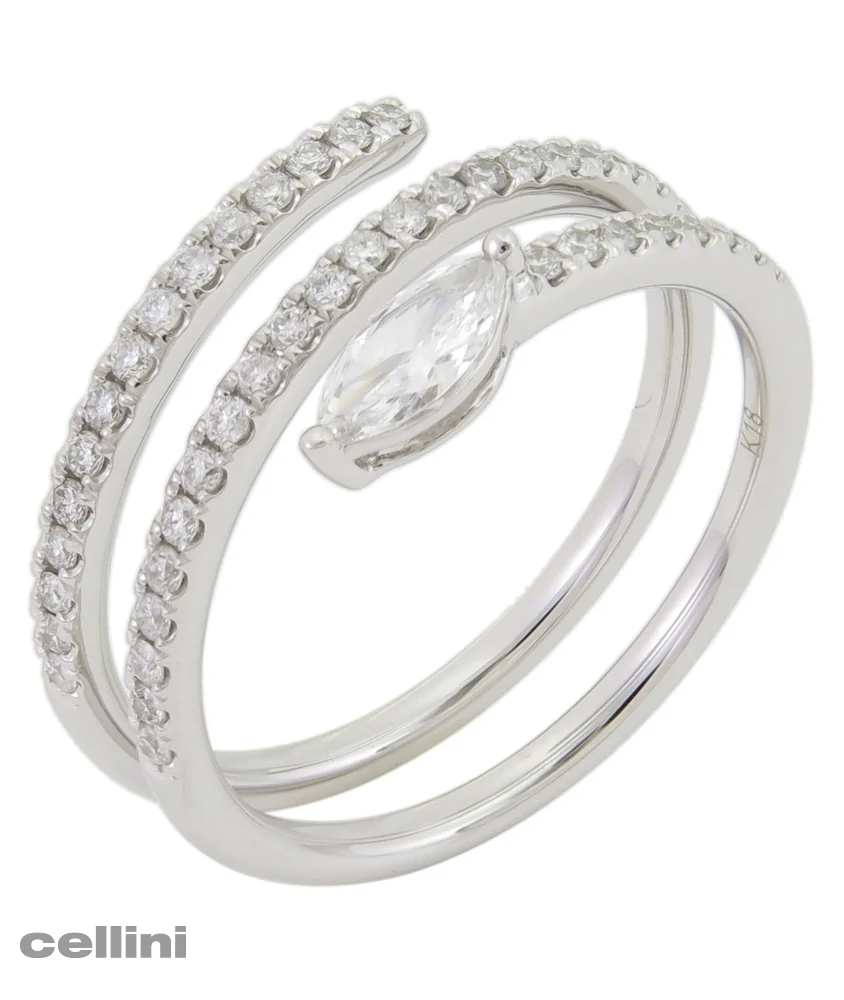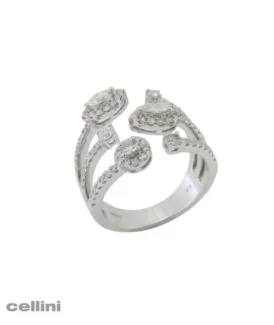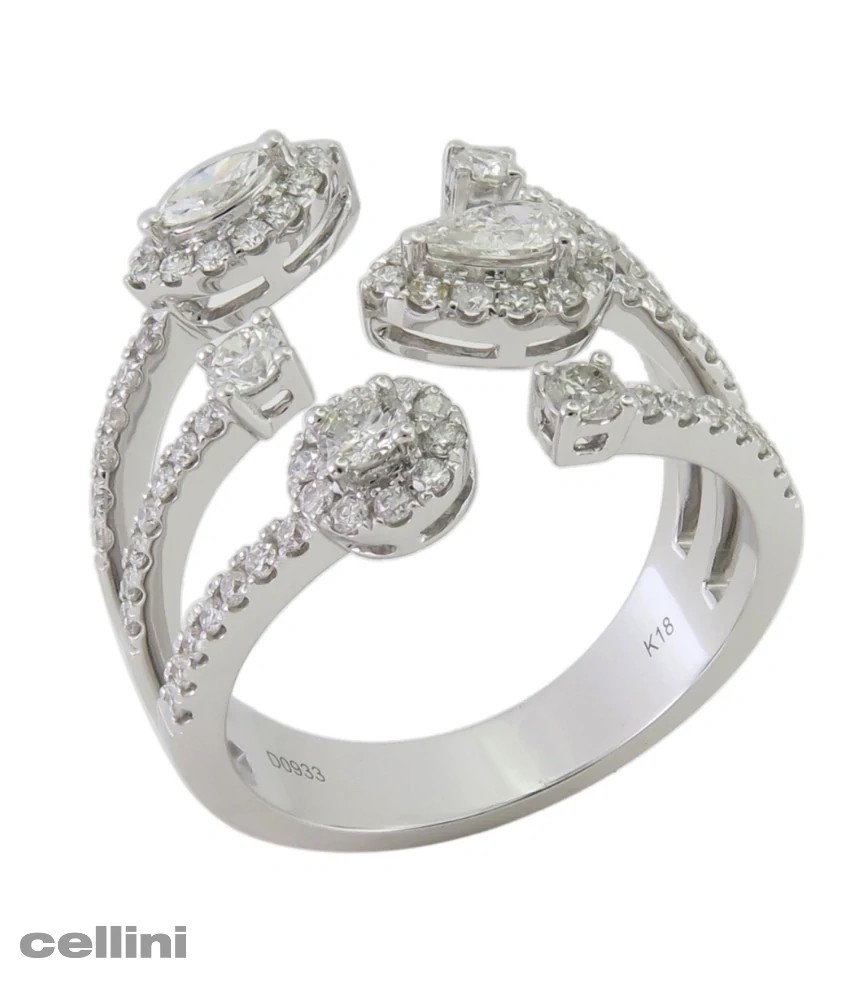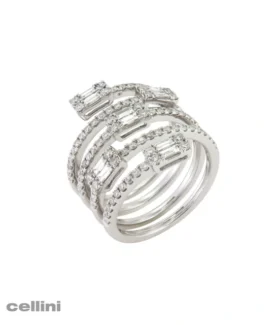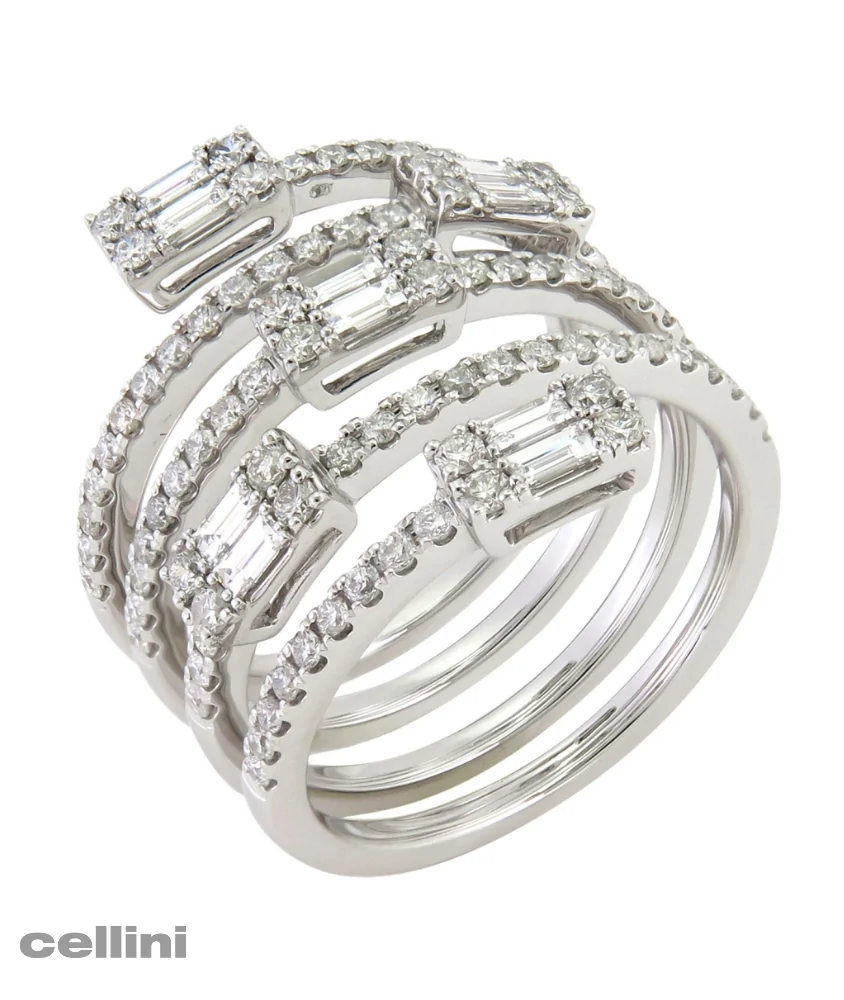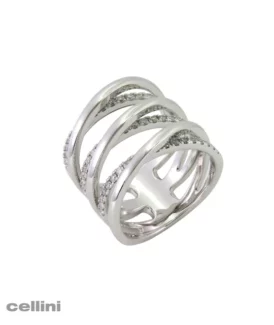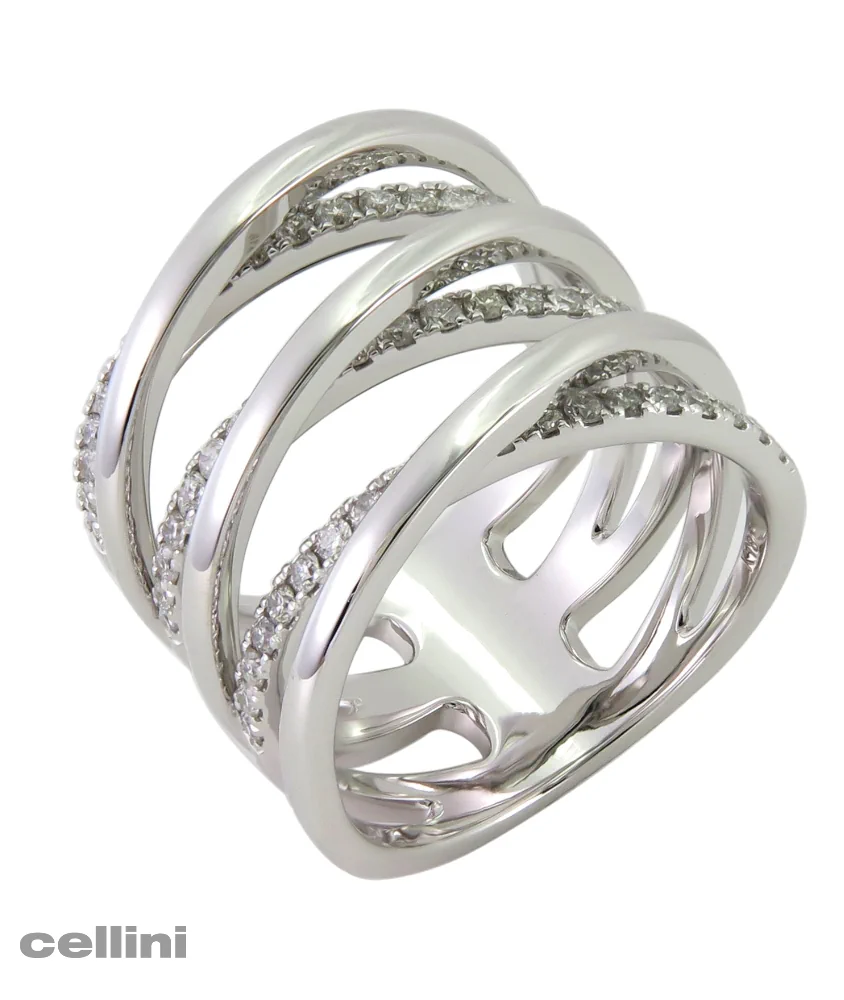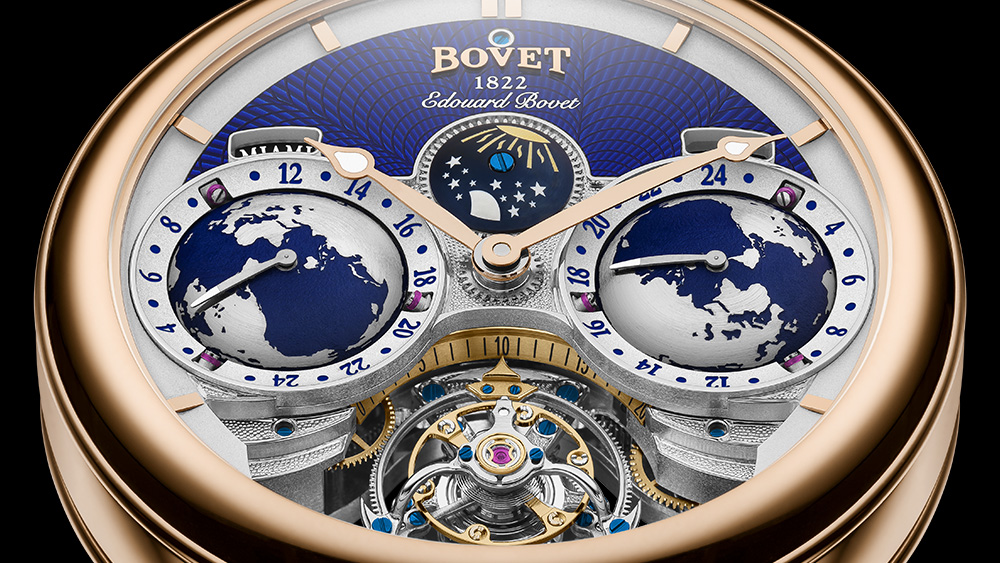
Bovet Honors Anniversary of Its Arrival in China
Yesterday marked the bicentenary of Edouard Bovet’s first arrival in China, on August 16, 1818, an auspicious day that forever linked the Swiss watchmaking maison with the nation of China. In the space of 20 years, the visionary Edouard Bovet and his brothers established the success of their maison, built on the burgeoning trade with China.
From London To Canton: The watchmaker Edouard Bovet left his home village of Fleurier with his brothers Alphonse and Frédéric in 1814, heading for London, which was at the time a major trading center for European watchmaking.
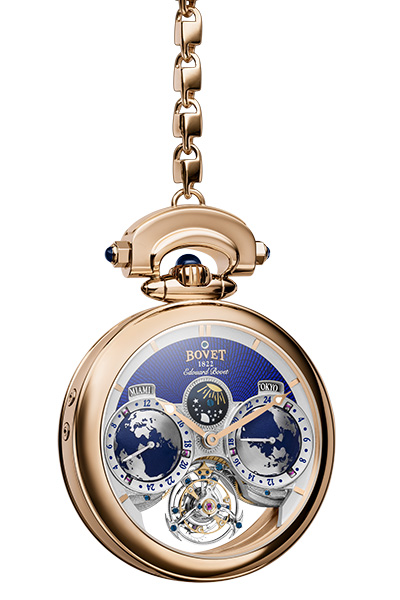
The Chinese Watch: For a long time, the Chinese were fond of decorative and ornamental clocks in a diverse range of forms. Their interest evolved with the arrival of pocket watches. With their “Chinese watches,” the Bovet brothers established a form of watchmaking that took the horological arts to new heights. The movements were more richly decorated and the cases were gold or gold-plated. Their bezels and occasionally the bows were often set with half pearls. The cover could be decorated with miniature painting, sometimes an enameled motif. This led the Bovet brothers to commission the great painters and enamelers of Geneva to create exceptional works, typically depicting a pastoral scene, animals or people.
Another feature of this “Chinese watch” is that it is sold in pairs and the enamel motifs on the two watches are identical but in mirror image.
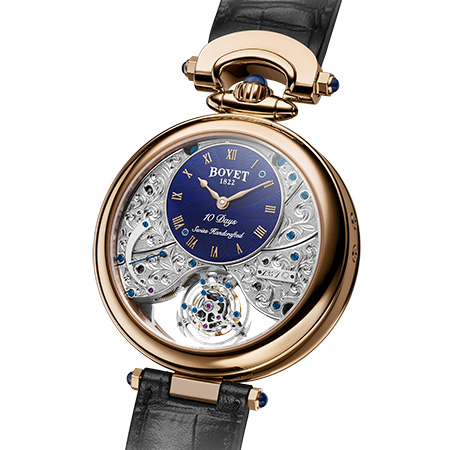
In the center of each of these symbols, the name Bovet – transcribed “Bo Wei” – is engraved in Chinese characters. The maison having acquired a solid reputation, the name “Bo Wei” became a synonym for “watch” in everyday language and even constituted a currency for trade in the Empire.
Bovets Of China: With their commercial sense and open-mindedness, the Bovet brothers met the specific expectations of their Chinese clientele, as attested by the numerous letters sent to their workshops seeking to refine their collections ever more closely to the requirements of the Far Eastern market.
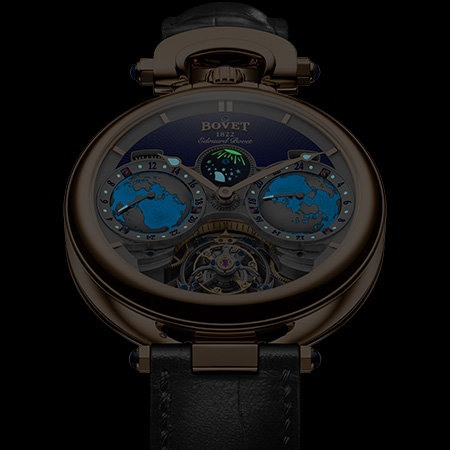
Return Home: Having made his fortune in China and provided work for 175 artisans in Val-de-Travers, Edouard Bovet returned to Fleurier in 1830, accompanied by his young son Edouard-Georges. They set up home in a house known as the “Palais chinois” built by Edouard Bovet. Today this building serves as the town hall.
In 1840, the Bovet brothers decided to increase the capital of their company to one million Swiss francs, a colossal sum for the time. The international reputation of the Maison Bovet surpassed that of its competitors thanks to its well-honed commercial intuition. They were the first to offer transparent casebacks for clients who were fond of beautiful mechanics. The movements were richly decorated and established the renown of the Fleurier engravers.
Edouard Bovet, a republican, took part in the failed 1831 uprising. He fled to Besançon, where he lived in exile for 17 years, returning to Fleurier in 1848 before his death in 1849.
To commemorate the bicentenary of Edouard Bovet’s arrival in China, Pascal Raffy and the manufactures’ artisans naturally chose to develop a timepiece dedicated to the world of travel – the Edouard Bovet Tourbillon presents a triple time zone with hemispherical maps of the Earth, reverse-fitted hands to display the time on both sides of the movement, and a power reserve of 10 days. This manufacture caliber is housed in the emblematic Amadéo convertible case. Patented in 2010, the Amadéo system transforms a timepiece into a reversible wristwatch, table clock, or pocket watch without the need for tools.

